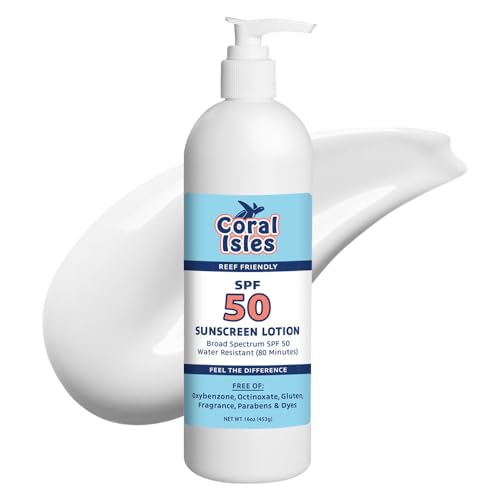Mike I dont think doing testing like that is going to be happening. Really I dont see the point. Heres my logic.
The sand portion of the bed is pretty much the same as any DSB. It will be in the range of 3 to 4 inches and will be seeded with the same critters as one would do with a dsb. So for all concerns it will be set up the same as your DSB. Just a little less thick. Now according to all the so called experts of DSB (Dr. Ron, Sam G, Rob T and so on) have already come out and written that a 2 to 3 inch bed will do everything a 4 to 6 inch bed will do. I tend to agree, the only difference in my eyes would be the ammount the bed sinks prior to filling. SO if we take all that the only difference is going to be the ability to remove what would normally be filling the bed, clogging the bed and so on.
So I believe the testing should be done on that portion of our projects operation. its ability to diffuse water through it evenly, the ability for it to draw up end product/particulate dust from the bottom. Here is what I was thinking.
1st test> I will plumb the thing up, but with no sand. I will gather up some detritus and some particulate dust form my sump. and place and even layer over the bottom of the unit. Take pic. then turn on the pump, it should be easy to see the ammount of material removed.
2nd test>before sand is in I will measure how much water the PH will pump out. I will then do the test once again with the sand and mesh in place. this should give us a good idea at the pump size we will need to use on this system.
3rd test> With the tank loaded with sand/mesh and water i will add some dye to the water and turn on the pump, with the bottom being clear I should be able to see the red dye water coming through the sand and out the bottom of the mesh. This should give us a good idea of what the eveness of the diffusion of the bed.
Thats all I have so far, so if I am missing one let me know
Mike
























































